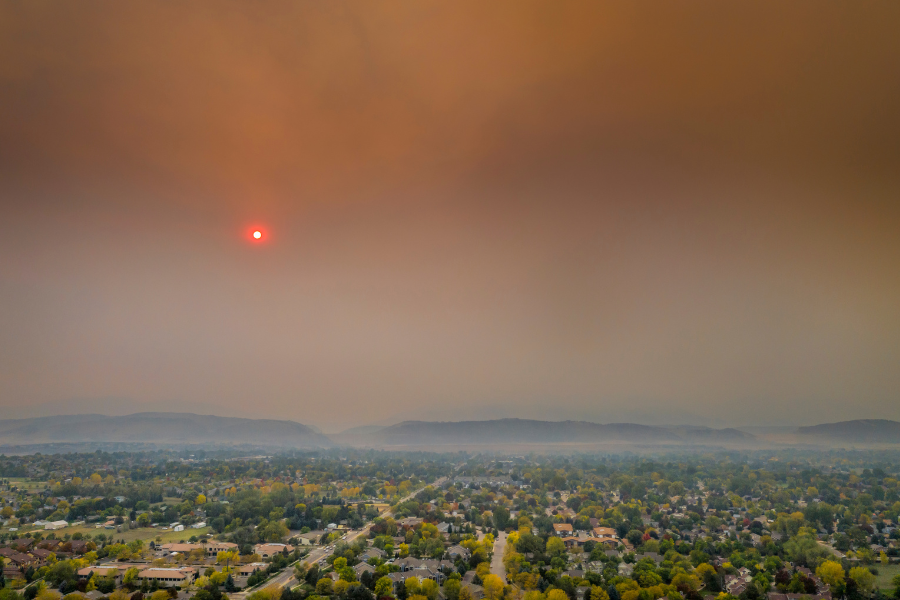
Hazy days in June served as a wake-up call for communities across the United States. The early onslaught of smoke from the Canadian wildfires revealed how everyone was severely unprepared for this challenge. The consequences were far-reaching, with hundreds of flights delayed on the East Coast and numerous outdoor events like baseball games being canceled. What’s even more alarming was even if people stayed home, indoor air pollution clocked high, leading to an increase in hospital visits for respiratory ailments like asthma.
Unfortunately, these incidents are merely the beginning of the country’s smoke-related troubles this year. Experts in the field anticipate that the smoke from Canada’s ongoing fires will continue to plague the US throughout the summer and possibly the rest of the year. A Stanford University analysis noted that although wildfire season hasn’t officially started in the US, what’s happening is already the worst smoke exposure per person ever recorded. The conditions are expected to worsen if potential wildfires ignite in regions such as the Pacific Northwest and the upper Midwest.
Canada’s Ongoing Fire Crisis
To make matters worse, Canada has recently reported an astounding 880 active fires, more than half of which are classified as “out of control” by the Canadian Interagency Forest Fire Centre. Long-term forecasts are disturbing since they indicate that the majority of the country will experience above-average fire risk until September. Consequently, many of these massive fires are expected to burn throughout the summer, periodically sending billows of smoke southward as atmospheric patterns shift. This situation poses a significant challenge for the US as it prepares to grapple with the far-reaching effects of this smoke invasion, especially for those who are vulnerable like:
- Allergy suffers
- Asthmatics
- Other immunocompromised individuals
- Seniors
- Infants and young kids
- Pregnant women
Health Risks and Impact on Viruses
Noteworthy, the consequences of exposure to wildfire smoke extend beyond the immediate discomfort of irritated eyes or sneezing. Experts have revealed a concerning link between dirty air and increased health risks. Studies attest that exposure to polluted wildfire smoke increases the risk of contracting Covid-19 along with other respiratory illnesses. The recent coronavirus pandemic has highlighted the urgency of addressing air quality issues. Hence, individuals living in areas with thick wildfire smoke and polluted air are advised to take precautions. The reality is they are more susceptible to contracting viruses and experiencing more severe symptoms, especially those with chronic conditions like allergies, asthma, COPD, and heart ailments.
Staying Proactive to Protect Health
In the face of this impending smokey threat, individuals, families, and communities must take proactive measures to safeguard their health and well-being. Apart from taking note of outdoor air quality indexes and masking up when going out, implementing indoor air quality strategies is essential. An effective tool for monitoring indoor air quality is the uHoo Smart Air Monitor. This handy device accurately measures indoor air pollutants and various parameters that impact air quality, including:
- Particulate matter
- Volatile organic compounds (VOCs)
- Carbon dioxide levels
- Carbon monoxide
- Humidity
- Temperature
A reliable monitor comes with high-tech IAQ sensors that provide valuable insights that enable individuals to make informed decisions regarding preventive measures, such as more frequent indoor air cleaning with IAQ products like a HEPA-filter vacuum or an air purifier.
It’s vital for everyone to protect themselves and their loved ones. Embracing tools like the uHoo indoor air monitor empowers you to monitor and improve indoor air quality standards, thereby reducing the impact of smoke on health. Let’s unite in our efforts to combat the threat of wildfire smoke and create a safer environment for all.

